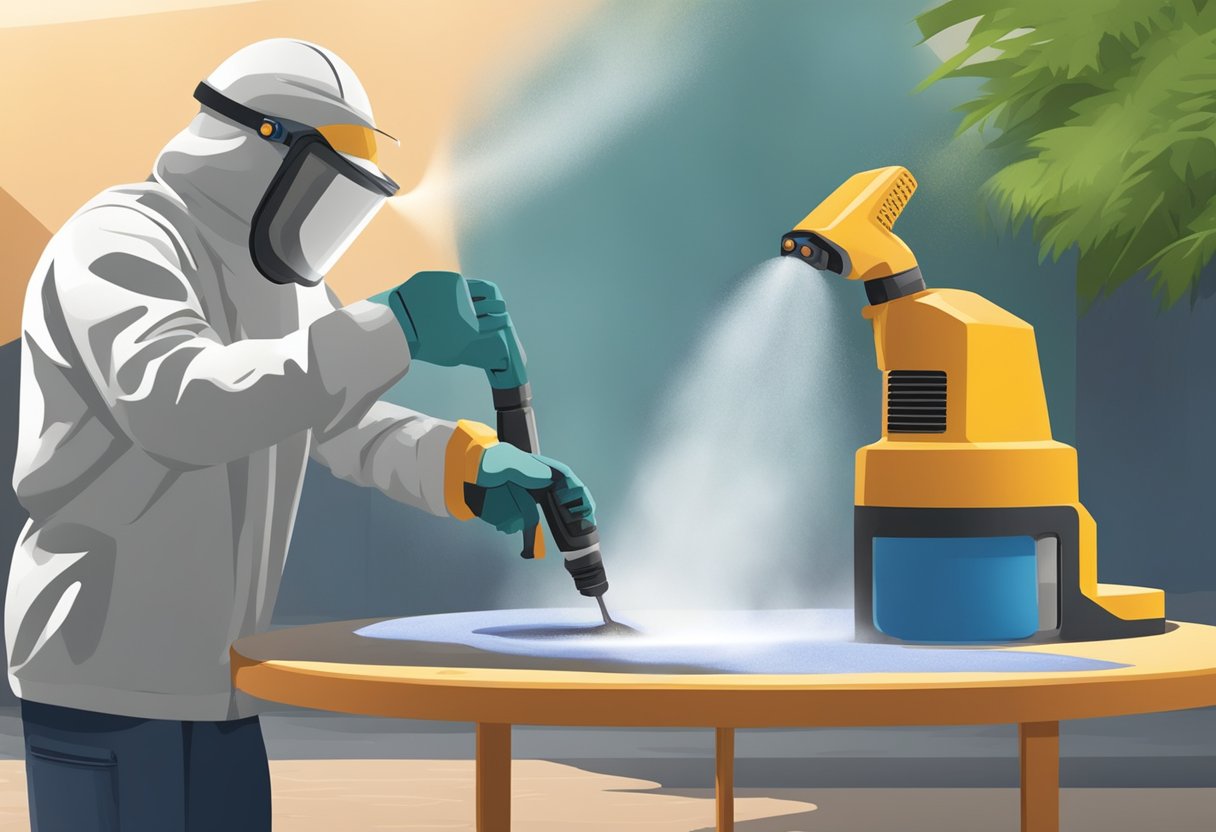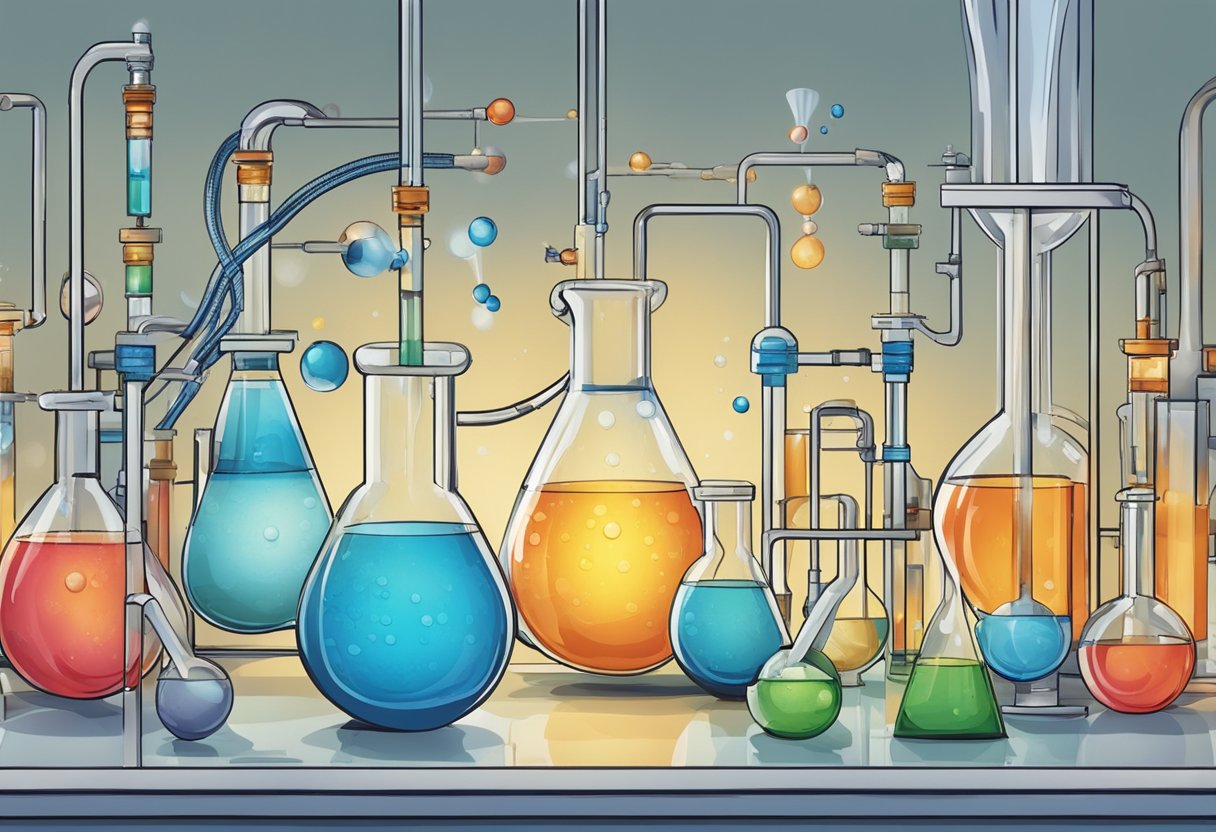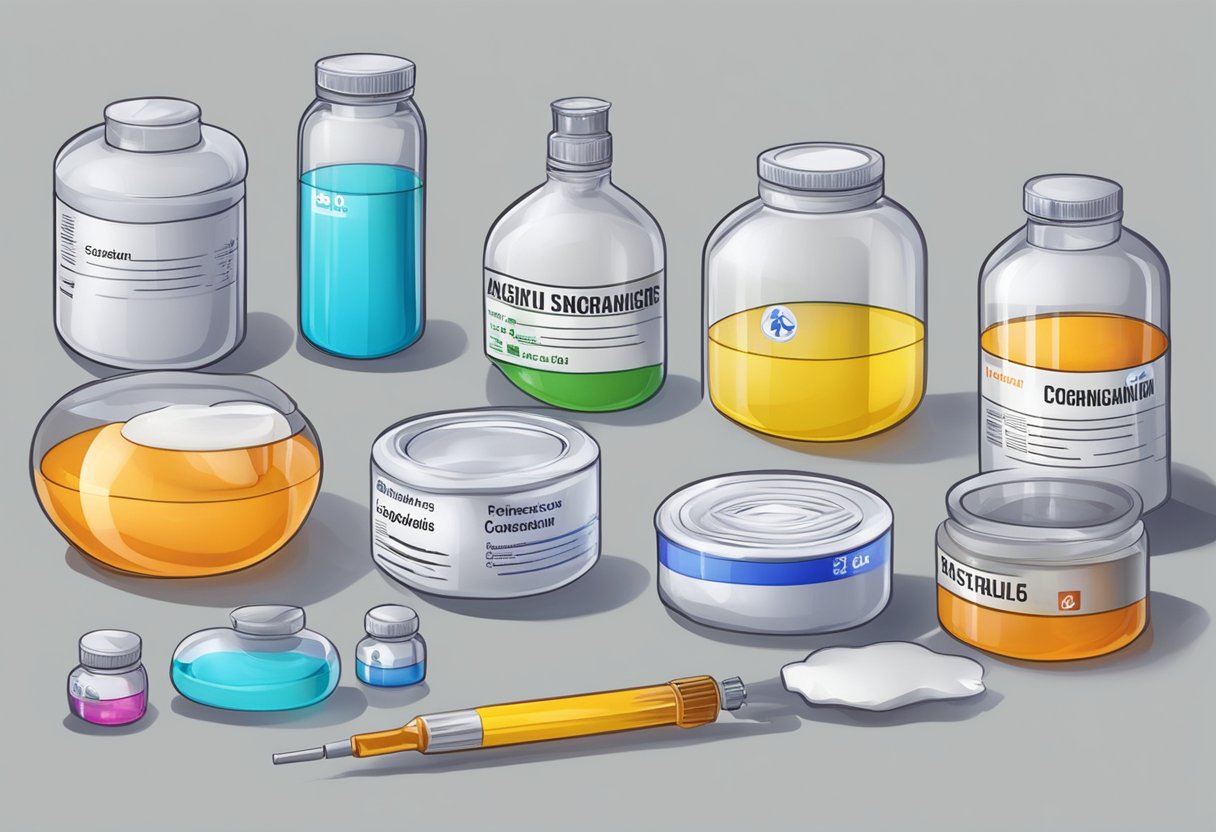Anti Scorching Agent: What It Is and How It Works
19/01/2024
Anti scorching agent are commonly used in the rubber industry to prevent premature vulcanization during processing. These agents are added to the rubber compound to extend its processing time and to prevent scorching, which can lead to poor quality products. Anti-scorching agents have been developed to meet the specific needs of different rubber compounds and processing conditions, and they are an essential component of modern rubber processing.

Anti-scorching agents work by inhibiting the reaction between the rubber compound and the vulcanizing agent, which is responsible for cross-linking the rubber molecules. This reaction can occur prematurely during processing, leading to scorching and poor quality products. Anti-scorching agents help to delay this reaction, allowing the rubber to be processed for longer periods of time without scorching. They also help to improve the flow properties of the rubber compound, which can improve the quality of the final product.
Chemistry of Anti-Scorching Agents

Chemical Composition
Anti-scorching agents are chemicals that are added to rubber compounds to prevent scorching during processing. These agents are typically composed of nitrogen-containing organic compounds, such as amines and amides. Some common anti-scorching agents include N-(cyclohexylthio)phthalimide (CTP), N-(1,3-dimethylbutyl)-N’-phenyl-p-phenylenediamine (6PPD), and N-oxydiethylene-2-benzothiazole sulfenamide (OBS).
Mechanism of Action
Anti-scorching agents work by reacting with the reactive intermediates that are formed during the vulcanization of rubber compounds. These intermediates, such as peroxides and nitrosamines, can cause scorching and premature crosslinking of the rubber. The anti-scorching agent reacts with these intermediates to form stable compounds that do not cause scorching or premature crosslinking.
The effectiveness of anti-scorching agents depends on several factors, including the type and concentration of the agent, the processing conditions, and the type of rubber compound being processed. It is important to choose the appropriate anti-scorching agent for each application to ensure optimal performance and prevent scorching.
Types of Anti-Scorching Agents

Anti-scorching agents are used in rubber processing to prevent scorching, which is the premature vulcanization of rubber that can occur during processing. There are several types of anti-scorching agents available, each with its own unique properties and benefits.
Phthalate Derivatives
Phthalate derivatives are a common type of anti-scorching agent used in rubber processing. They are known for their ability to improve the processing safety of rubber compounds and prevent scorching. Phthalate derivatives work by delaying the onset of vulcanization, allowing for more time to process the rubber without premature vulcanization occurring.
Phosphite Derivatives
Phosphite derivatives are another type of anti-scorching agent commonly used in rubber processing. They are known for their ability to improve the processing safety of rubber compounds and prevent scorching. Phosphite derivatives work by scavenging free radicals that can cause premature vulcanization, thereby preventing scorching.
Benzotriazole Derivatives
Benzotriazole derivatives are a third type of anti-scorching agent used in rubber processing. They are known for their ability to improve the processing safety of rubber compounds and prevent scorching. Benzotriazole derivatives work by inhibiting the formation of free radicals that can cause premature vulcanization, thereby preventing scorching.
Overall, each type of anti-scorching agent has its own unique properties and benefits, and the choice of which one to use will depend on the specific needs of the rubber processing application.
Applications in Rubber Manufacturing
Rubber Compounding
Anti-scorching agents are widely used in rubber compounding to prevent scorching during processing. Scorching is a premature vulcanization of rubber compounds that can cause the material to become unusable. Anti-scorching agents prevent scorching by delaying the onset of vulcanization and extending the processing time.
Various types of anti-scorching agents are used in rubber compounding, including organic and inorganic compounds. Organic anti-scorching agents are preferred due to their low toxicity and compatibility with other rubber additives.
Vulcanization Process
Anti-scorching agents are also used in the vulcanization process to prevent scorching and improve the quality of the final product. During vulcanization, the rubber compound is heated to a specific temperature to cross-link the polymer chains and improve the mechanical properties of the material.
Anti-scorching agents are added to the rubber compound before vulcanization to prevent scorching and ensure that the material reaches the desired level of cross-linking. This helps to improve the tensile strength, elongation, and other mechanical properties of the final product.
In summary, anti-scorching agents play a critical role in rubber manufacturing by preventing scorching during processing and improving the quality of the final product. They are widely used in rubber compounding and the vulcanization process to ensure that the material meets the required specifications and performs as expected.
Performance Benefits
Anti-scorching agents have several performance benefits that make them an essential additive in the rubber industry. Some of these benefits include improved scorch safety and enhanced processing stability.
Improved Scorch Safety
Anti-scorching agents improve scorch safety by reducing the tendency of rubber to scorch during processing. Scorching is a common problem in the rubber industry that occurs when the rubber compound begins to vulcanize prematurely, leading to discoloration, degradation, and reduced physical properties.
By using anti-scorching agents, rubber manufacturers can significantly reduce the risk of scorching, leading to a more consistent and reliable production process. This, in turn, leads to higher quality rubber products and reduced scrap rates.
Enhanced Processing Stability
Anti-scorching agents also enhance processing stability by improving the flow properties of rubber compounds during processing. This leads to better mold filling, improved dimensional stability, and reduced cycle times.
Additionally, anti-scorching agents can help prevent the buildup of heat during processing, which can lead to thermal degradation and reduced physical properties in the finished product. By reducing heat buildup, anti-scorching agents help maintain the integrity of the rubber compound, leading to higher quality products.
In summary, anti-scorching agents provide several performance benefits that make them an essential additive in the rubber industry. By improving scorch safety and enhancing processing stability, anti-scorching agents help rubber manufacturers produce higher quality products more efficiently and reliably.
Selection Criteria
Compatibility with Polymers
When selecting an anti-scorching agent, it is important to consider its compatibility with the polymer being used. Some anti-scorching agents may not be suitable for certain polymers due to their chemical properties. For example, some agents may react with the polymer and cause discoloration or degradation, while others may have no effect.
To ensure compatibility, it is recommended to test the anti-scorching agent with the polymer in question before using it in production. This can be done through small-scale trials or by consulting with the manufacturer of the anti-scorching agent.
Processing Temperatures
Another important factor to consider when selecting an anti-scorching agent is the processing temperatures involved. Some agents may break down or lose effectiveness at high temperatures, while others may require a certain temperature range to be effective.
It is important to select an anti-scorching agent that can withstand the processing temperatures of the polymer being used. This can be determined by consulting with the manufacturer of the anti-scorching agent or by testing it at the processing temperatures.
Overall, selecting the right anti-scorching agent can help prevent scorching and improve the quality of the final product. By considering compatibility with polymers and processing temperatures, manufacturers can make an informed decision and ensure optimal performance.
Environmental and Health Considerations
Regulatory Compliance
Anti-scorching agents are regulated by various agencies worldwide to ensure their safety and environmental impact. In the United States, the Environmental Protection Agency (EPA) regulates the use of anti-scorching agents under the Toxic Substances Control Act (TSCA). The TSCA requires manufacturers to submit data on the health and environmental effects of their products to the EPA before they can be sold in the United States.
In the European Union, anti-scorching agents are regulated under the Registration, Evaluation, Authorization, and Restriction of Chemicals (REACH) regulation. This regulation requires manufacturers to register their products with the European Chemicals Agency (ECHA) and provide data on their potential health and environmental effects.
Toxicology and Safety Data
Anti-scorching agents have been extensively tested for their potential health and environmental effects. Toxicology studies have shown that these agents are generally safe when used as directed. However, like any chemical, they can be harmful if ingested or inhaled in large quantities.
Studies have also shown that anti-scorching agents do not pose a significant risk to the environment when used as directed. They are biodegradable and do not accumulate in the environment. However, some anti-scorching agents may be toxic to aquatic life if they enter waterways in large quantities.
Overall, anti-scorching agents are considered safe and effective when used as directed. Manufacturers are required to provide safety and environmental data to regulatory agencies to ensure that their products are safe for use. Consumers should always follow the manufacturer’s instructions when using anti-scorching agents to minimize the risk of harm to themselves or the environment.
Market Trends and Demand
Industry Adoption
Anti-scorching agents have gained significant adoption in the rubber industry due to their ability to prevent scorching during the manufacturing process. The adoption rate has been increasing steadily as more manufacturers are becoming aware of the benefits of using these agents. The use of anti-scorching agents has become a standard practice in the industry, and manufacturers who do not use them risk producing substandard products.
The demand for anti-scorching agents is expected to continue to grow as the rubber industry expands. Manufacturers are looking for ways to improve the quality and efficiency of their production processes, and anti-scorching agents are a key component in achieving this goal.
Regional Market Analysis
The Asia-Pacific region is the largest market for anti-scorching agents due to the large presence of the rubber industry in countries such as China, India, and Thailand. The demand is expected to continue to grow in this region as the rubber industry expands.
North America and Europe are also significant markets for anti-scorching agents, with the demand being driven by the automotive industry. The use of anti-scorching agents in the production of tires and other rubber components is critical to ensuring their quality and safety.
Overall, the market for anti-scorching agents is expected to continue to grow as the rubber industry expands and manufacturers seek to improve the quality and efficiency of their production processes.
Formulation and Processing Guidelines
Dosage Recommendations
The dosage of anti-scorching agents depends on several factors, including the type of rubber compound, processing conditions, and the desired level of scorch protection. The recommended dosage of anti-scorching agents is typically between 0.1 to 1.0 phr (parts per hundred rubber). However, it is important to note that over-dosage can lead to adverse effects, such as slowed cure rate and poor physical properties.
Mixing Techniques
Anti-scorching agents can be added to the rubber compound using various mixing techniques, such as open mill mixing, internal mixer, or Banbury mixer. It is recommended to add the anti-scorching agent at the beginning of the mixing process to ensure uniform dispersion throughout the compound.
It is important to note that the mixing temperature and time can also affect the performance of anti-scorching agents. Excessive mixing time or high mixing temperature can cause premature activation of the anti-scorching agent, leading to reduced effectiveness. Therefore, it is recommended to follow the manufacturer’s guidelines for mixing temperature and time.
In summary, proper dosage and mixing techniques are critical for achieving effective scorch protection in rubber compounds. It is recommended to carefully consider the type of rubber compound and processing conditions when selecting an anti-scorching agent and to follow the manufacturer’s guidelines for dosage and mixing.
Testing and Quality Control
Standard Test Methods
Anti-scorching agents are tested using various standard test methods to ensure their effectiveness and quality. One of the most commonly used methods is the Mooney scorch test, which measures the time it takes for a rubber compound to scorch under specified conditions. Another widely used method is the rheometer test, which measures the scorch time and cure rate of rubber compounds.
In addition to these tests, other tests such as the compression set test, tensile strength test, and hardness test are also used to evaluate the performance of anti-scorching agents. These tests help to ensure that the anti-scorching agents meet the required specifications and standards.
Quality Assurance Protocols
To ensure the quality of anti-scorching agents, manufacturers follow strict quality assurance protocols. These protocols include raw material testing, in-process testing, and final product testing. Raw materials are tested for purity and quality before being used in the production process.
During the production process, in-process testing is performed to ensure that the product meets the required specifications. Final product testing is conducted to ensure that the product meets the required quality standards before it is released to the market.
Manufacturers also use statistical process control (SPC) techniques to monitor the production process and ensure that the quality of the product is consistent. This helps to identify any variations in the production process and take corrective action to maintain the quality of the product.
Overall, the testing and quality control of anti-scorching agents is critical to ensure that they meet the required specifications and standards. By following strict quality assurance protocols, manufacturers can ensure that their products are of high quality and meet the needs of their customers.




